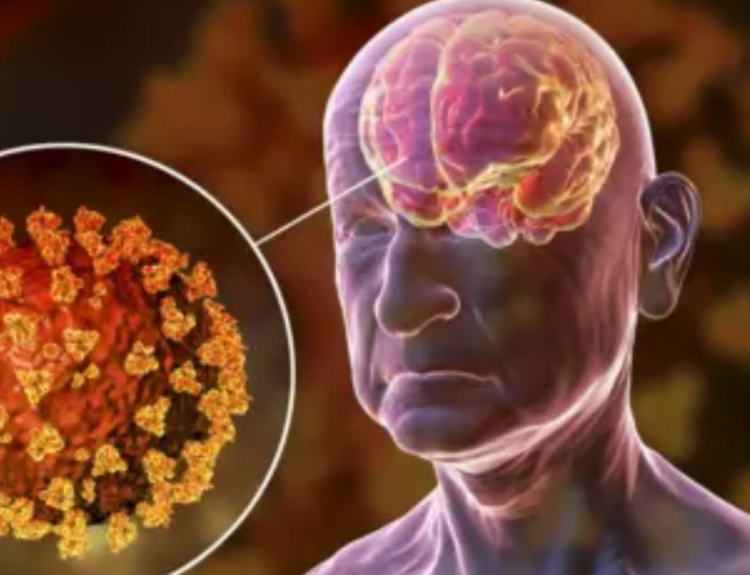Critical Cellular Organelle Holds Clues to Aging
Scientists have uncovered intriguing secrets about reversing aging by studying the Golgi body, a structure inside cells that processes proteins. This organelle becomes dysfunctional and fragmented as cells age. The same degradation happens in both human and plant cells over time.
By analyzing gene mutations in the model plant thale cress, researchers induced premature aging of leaf cells. When genes encoding proteins that maintain the Golgi body were disrupted, cells died faster – suggesting those proteins are key to longevity.

Restarting the Cellular Clock Through Genetic Manipulation
Excitingly, the scientists restored aged plant cells to youthful function through genetic tweaks targeting the Golgi body. They could actually reverse the fragmentation of this organelle in older cells, essentially rejuvenating them.
Since parallel Golgi degradation occurs in human neurons over time, this discovery carries profound implications. Could we reinvigorate this crucial structure and reverse aging in animal and even human cells too? More pioneering research lies ahead.
Secrets Embedded in Leaves Light Path to Extended Lifespans
By decoding aging clues hidden in simple plant cells, researchers may have uncovered new strategies for prolonging lifespans and improving quality of life as we age. Manipulating genes and structures linked to the Golgi body could interrupt fragmentation and restore more youthful functioning.
The mythical fountain of youth may yet prove scientifically real after all. Nature’s regenerative capacities glimpsed in leaves could significantly delay human aging and related illnesses through treatments targeting cellular rejuvenation.





